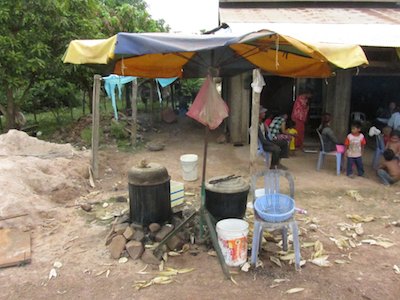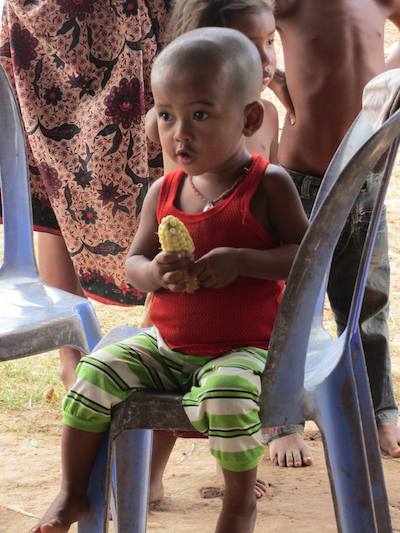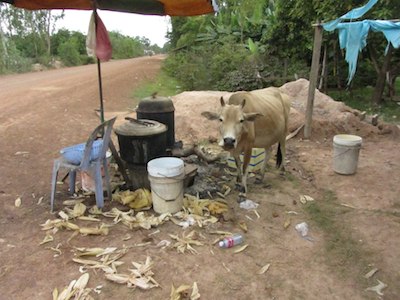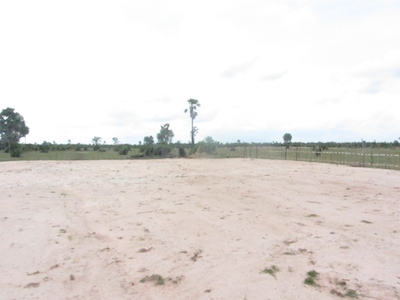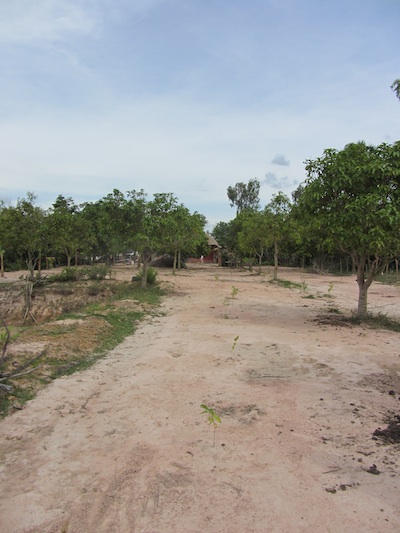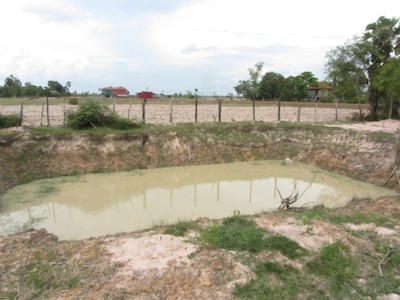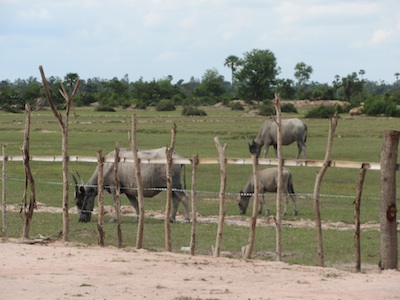Pond construction has begun!
After many weeks spent in conference rooms and on field visits with the Fish on Farms aquaculture experts, the innovative fishpond design has been finalized and the first fishponds have been dug.
At the heart of the Fish on Farms project, is the novel approach to increase micronutrient intake by increasing household access to large and small fish species. Fish is one of the most commonly consumed animal source foods in Cambodia so the ability to increase access to fish and fish products should have a direct impact on family nutrition.
Currently, fishpond construction is underway throughout the four “Operational Districts” encompassing the FoF study area. Due to the difficult terrain, approximately 20% of the ponds are being dug by hand. Four excavation teams – locally hired construction companies with access to the necessary machinery – will dig the remaining 260 ponds over the coming weeks. Specially trained aquaculture experts from Helen Keller International and the local NGO are supervising the construction.
The design of the fishpond is key to the success of the project: the walls of the pond are sloped to ensure structural stability while maximizing the surface area of the water; the ponds are to be dug at least 10 meters from the household water source in order to prevent contamination of drinking water; and the site for the ponds must not be obstructed by large trees, so that the pond is exposed to sunlight and can maintain the correct nutrient balance.
It has been a particularly dry monsoon season in Prey Veng this year, which has allowed us to begin construction so late in the season. We’re hoping for a few more dry weeks until all 330 ponds are dug, followed by a few months of heavy rain to fill the ponds with water.
The aquaculture team is now working to determine the best ways to stock the ponds, and is sourcing fish fry and fingerlings. Striking a balance between the small nutrient-dense fish, which are most commonly eaten in poor, rural areas like those in Prey Veng province, and the large, valuable fish that can be sold in the market is an important consideration. More on that soon!




